Missing Person Photos
A missing person is a person who has disappeared and whose status as alive or dead cannot be confirmed as their location and condition are unknown. A person may go missing through a voluntary disappearance, or else due to an accident, crime, death in a location where they cannot be found (such as at sea), or many other reasons. In most parts of the world, a missing person will usually be found quickly. While criminal abductions are some of the most widely reported missing person cases, these account for only 2 to 5 percent of missing children in Europe.
By contrast, some missing person cases remain unresolved for many years. Laws related to these cases are often complex since, in many jurisdictions, relatives and third parties may not deal with a person's assets until their death is considered proven by law and a formal death certificate issued. The situation, uncertainties, and lack of closure or a funeral resulting when a person goes missing may be extremely painful with long-lasting effects on family and friends.
A number of organizations seek to connect, share best practices, and disseminate information and images of missing children to improve the effectiveness of missing children investigations, including the International Commission on Missing Persons, the International Centre for Missing & Exploited Children (ICMEC), as well as national organizations, including the National Center for Missing & Exploited Children in the US, Missing People in the UK, Child Focus in Belgium, and The Smile of the Child in Greece.

Resources for Missing Persons
According to current statistics, 4,000 people in the United States go missing every day.
Sometimes a child suddenly vanishes from the bus stop or the local park or even from their own yard or bedroom. Or a teenager doesn�t return home after a walk to the neighborhood grocery store or a bike ride or a party with friends.
Other times, an adult is mysteriously absent from their job or neighbors haven�t seen them for several days, and family and friends haven�t heard from them either.
Missing Person Case Updates with Photos
Susan Walsh
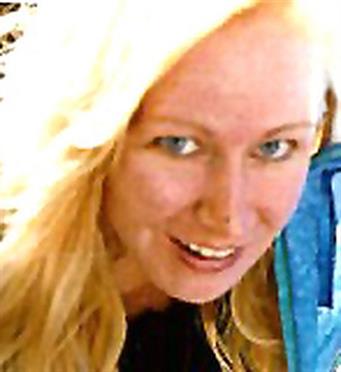
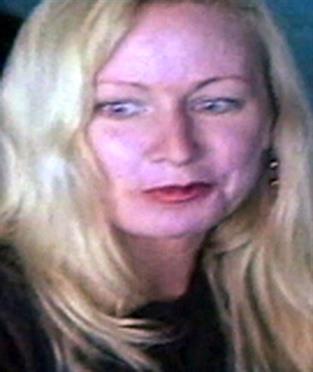
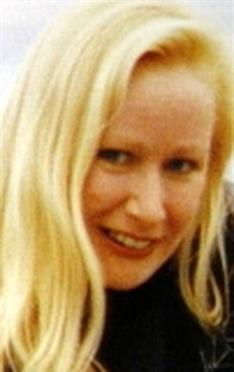
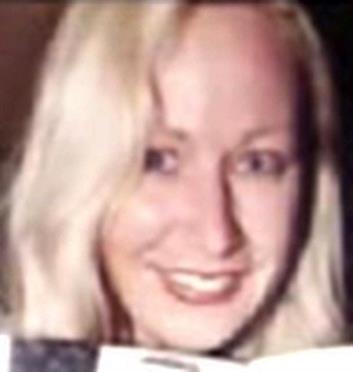

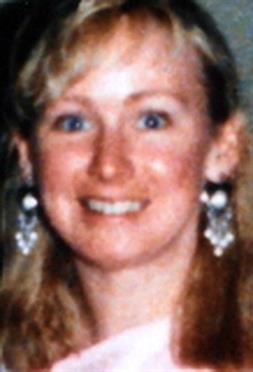

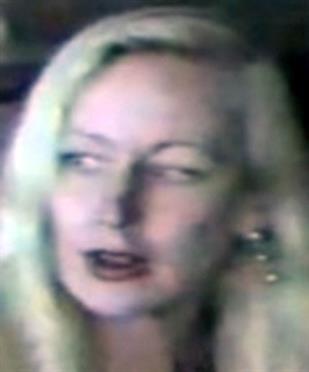
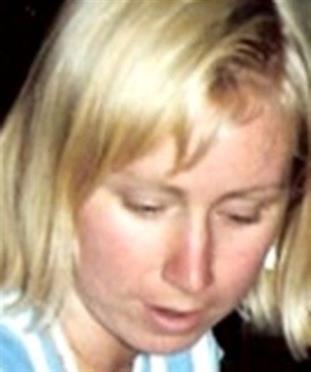
Susan, date, approximate 1996
Date Missing 07/16/1996
Missing From
Nutley, New Jersey
Missing Classification Endangered Missing
Sex Female
Race
White
Date of Birth 02/18/1960 (62)
Age 36 years old
Height and Weight 5'6, 110 pounds
Clothing/Jewelry Description A gold ring with a black stone.
Medical Conditions Susan was a recovering alcoholic with 11 years of sobriety in 1996. According to family and friends, she began drinking again shortly before her disappearance and also began using prescription drugs, namely the sedative Xanax. She was hospitalized for ulcers and told friends she had emphysema. Susan's friends also stated that she has bipolar disorder and may have been depressed at the time she vanished. Susan may have attempted suicide prior to the time she was last seen.
Markings and/or Distinguishing Characteristics Caucasian female. Bleached blonde hair, blue eyes. Susan's maiden name is Young. Her childhood nickname was Suzie. She has a scar on her right wrist and her ears are pierced. She smokes cigarettes and has a pronounced New Jersey accent.
Details of Disappearance Susan left her twelve-year-old son in the care of her estranged husband, Mark Walsh, during the morning hours of July 16, 1996. Susan and Mark lived in the same apartment complex on Washington Street in Nutley, New Jersey at the time.
Susan told Mark she would return in half an hour, and left all of her personal belongings in her residence, including her pager and wallet. She did not divulge where she was headed; some accounts state she was going to use a pay phone less than a block from the apartment. She has never been seen again.
Susan was a freelance journalist in 1996, and was enrolled in a master's degree program in writing at New York University. She had been employed as an exotic dancer occasionally since her college days to finance her education.
Susan began drinking heavily and using drugs while enrolled in William Paterson College in the 1980s, but became sober by the time she graduated in 1984. She married Mark and had her son by 1988. She returned to dancing for financial reasons after her marriage began to deteriorate in the early 1990s.
Susan's career as a journalist was faltering at the time. She earned an internship at the New York City newspaper The Village Voice and began researching the sex industry through her club connections for an article.
Susan covered a story involving Russian organized crime figures allegedly forcing young Russian women to dance in clubs in New York City in the early 1990s. She earned critical praise for her work, but became paranoid after the article's publication. Friends stated she believed she was being stalked by organized crime members and was quite fearful.
Susan moved on to cover the vampire club fad in New York City as her next story. She reportedly became entranced with the subculture and dated a man who claimed he was an actual vampire.
She wrote another article for The Village Voice regarding the vampire club movement, but the editors refused to run the piece. Friends said that Susan's writings became clouded by her own opinions regarding the vampire lifestyle and the story was not objective.
Jill Morley, a documentary filmmaker and friend of Susan's, produced a film in 1996 entitled Stripped. The movie revolved around exotic dancers and featured an interview with Susan.
Susan said that her opinions about dancing had changed since she initially joined the profession in the mid-1980s. Susan said that she was enthralled with the money and lifestyle in the beginning of her stripping career, but had quickly become disenchanted with the job and began to detest the patrons and the profession.
According to Morley, Susan often stopped taking medications to treat her bipolar disorder in 1996. Morley stated that Susan occasionally took Xanax, a powerful prescription anti-anxiety drug, to achieve highs around the same time.
Susan did the primary research for the book Red Light: Inside The Sex Industry by James Ridgeway and Sylvia Plachy in June 1996. Ridgeway said that he became concerned about Susan's health when he saw her at the publisher's party later the same month. Her wrists were apparently bandaged and Ridgeway questioned Susan's drug and alcohol usage. She told him that she was fine and would seek help if she needed it.
While her journalism career was heading in the right direction, Susan returned to dancing full-time by the summer of 1996. Morley stated that Susan seemed to be having many personal problems at the time, but everyone assumed she would pull herself together.
The circumstances surrounding Susan's disappearance are unclear. It is not known if she chose to vanish of her own accord. Friends and family said she would never have left her son of her own will.
Morley questioned Russian dancers in New York area clubs about a possible link between Susan's disappearance and the article she wrote about the Russian crime families earlier in the 1990s, but little more than speculation was uncovered.
Many of Susan's peers in the exotic dancing industry believe she was the target of an organized crime hit, but there is no evidence to support this theory. Susan's remains open and unsolved.
Investigating Agency
Nutley Police Department
973-284-4940
Other
Unsolved Mysteries
The New Jersey Record
The New York Press
Million Dollar Mysteries
New Jersey State Police
Unsolved in the News
Trace Evidence
Missing Person Photos
A missing person is a person who has disappeared and whose status as alive or dead cannot be confirmed as their location and condition are unknown. A person may go missing through a voluntary disappearance, or else due to an accident, crime, death in a location where they cannot be found (such as at sea), or many other reasons. In most parts of the world, a missing person will usually be found quickly. While criminal abductions are some of the most widely reported missing person cases, these account for only 2 to 5 percent of missing children in Europe.
By contrast, some missing person cases remain unresolved for many years. Laws related to these cases are often complex since, in many jurisdictions, relatives and third parties may not deal with a person's assets until their death is considered proven by law and a formal death certificate issued. The situation, uncertainties, and lack of closure or a funeral resulting when a person goes missing may be extremely painful with long-lasting effects on family and friends.
A number of organizations seek to connect, share best practices, and disseminate information and images of missing children to improve the effectiveness of missing children investigations, including the International Commission on Missing Persons, the International Centre for Missing & Exploited Children (ICMEC), as well as national organizations, including the National Center for Missing & Exploited Children in the US, Missing People in the UK, Child Focus in Belgium, and The Smile of the Child in Greece.

Resources for Missing Persons
According to current statistics, 4,000 people in the United States go missing every day.
Sometimes a child suddenly vanishes from the bus stop or the local park or even from their own yard or bedroom. Or a teenager doesn�t return home after a walk to the neighborhood grocery store or a bike ride or a party with friends.
Other times, an adult is mysteriously absent from their job or neighbors haven�t seen them for several days, and family and friends haven�t heard from them either.
Missing Person Case Updates with Photos